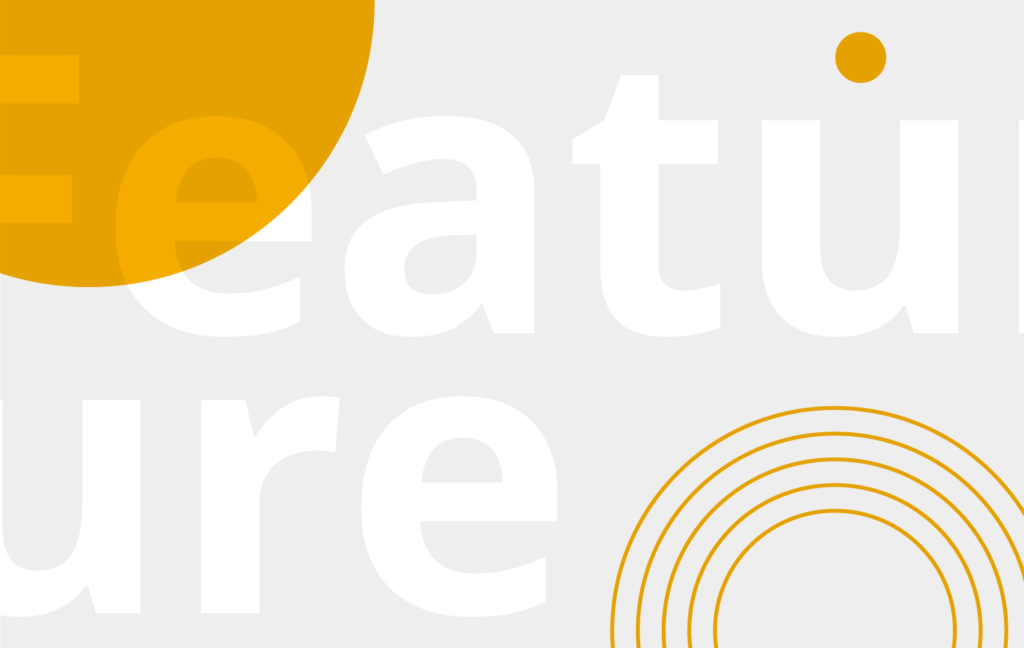12 December 2017 – When – back in May 2016 – the European Commission announced its ambitious target of making all publicly funded research in Europe openly accessible, it joined a host of countries, funders and research organizations pushing for change in scientific publishing.
The Registry of Open Access Repository Mandates and Policies (ROARMAP) currently includes more than 880 open access mandates and policies worldwide. That is double the number registered only five years ago. But despite a growing desire for Open Access (OA) publishing, a viable option for making scientific output freely available in a way that is structured, curated, and quality-controlled as well as financially sustainable still seems some way off. If we want to make Open Access sustainable and useful in the long run, we must choose ‘gold’ over ‘green’, argues EMBO Director Maria Leptin.
From sound idea to confusing reality
Growing out of the initial desire of individuals to make scientific findings more widely accessible, the OA movement has resulted in numerous initiatives from publishers, funding bodies and individual researchers. And while everyone is, in principle, aiming for the same thing, namely to ensure that the outputs of scientific work are not hidden behind paywalls, the many different mandates, policies and recommendations on what OA should be and how it should be financed mean that there is now a danger of diverging from this initial aim.
One example of this is green OA, which is an expensive halfway house with limited benefit to the scientific community or indeed the public. ‘Green’ describes the archiving of a version of a published paper in public repositories or on servers hosted by researchers’ institutions. Here, it is freely accessible, usually after a certain embargo period stipulated by the publisher. By contrast, the ‘gold’ OA model means that the journal in which a paper was published grants immediate free access to the final version of the article. Green OA might look appealing at first, but if we want OA to work in a sustainable manner for papers in high-quality, peer-reviewed journals, it has to be gold, not green.
Why is green OA unsustainable?
In the traditional, subscription-based model, scientific publishers cover the cost for the services they provide through subscriptions. In the case of gold OA, the income from subscriptions is removed because libraries and individuals no longer need to pay to access papers. But journals can find alternatives, for example through charging article processing charges (APCs), although these may not cover all the costs for running a highly selective journal.
In the case of green OA, journals remain responsible for publishing the final peer-reviewed and revised version of a paper, but face subscription losses because a version of the paper can be freely accessed elsewhere.
There are other disadvantages of green OA, too. Not all institutional repositories are well indexed or well connected, or have a guaranteed long-term source of secure financing, meaning the papers are less discoverable than those published in journals. The running of multiple repositories holding duplicate files also results in additional costs. Further, some publishers don’t allow posting of the final, reviewed and edited manuscript, which has implications for the scientific record. The posting of earlier manuscript versions in an institutional repository has two important consequences: if the versions are not clearly linked, it can easily lead to confusion over what the copy of record is, and it denies readers access to the improvements and data added through the peer review, editing, curation and quality control processes. Finally, green OA means that either authors themselves or their institutions become responsible for the posting of corrections or retractions to make sure readers using the green OA repositories are aware of them.
Finding a sustainable model
For some time now, green, gold and hybrid OA publishing models have been developing side by side in addition to initiatives on preprint posting, open databases and repositories (hybrid OA refers to journals that offer the choice to publish OA). But if we want to ensure a successful OA future, our community, including authors, funders, publishers and policymakers, must take stock and develop a coordinated effort that maximizes the advantages of OA and makes it a viable option for the long term.
To enable a complete move to OA, we need to find a sustainable and fair way to pay for the services that are provided by journals. Even with a financial model that does not include any profit, providing a quality publishing service still costs a lot of money. Of the currently available models, only gold OA offers the potential for such a solution. As it stands, services like peer review, quality control and archiving are associated with publishers, but there is no reason to say that that will always have to be the case. These services should be carried out by professionals, and must be adequately financed, no matter what type of organization these professionals are associated with.
Thinking beyond the models currently in place, it is, of course, possible to envisage entirely different solutions that revolutionize the reporting and archiving of scientific findings in the long term. For now we must accept that creating a scientific literature that is not only openly accessible but also reliable comes at a cost, and a fair way of financing that service will have to be found.
For information on publishing policies and journal features at EMBO Press, visit www.embopress.org



